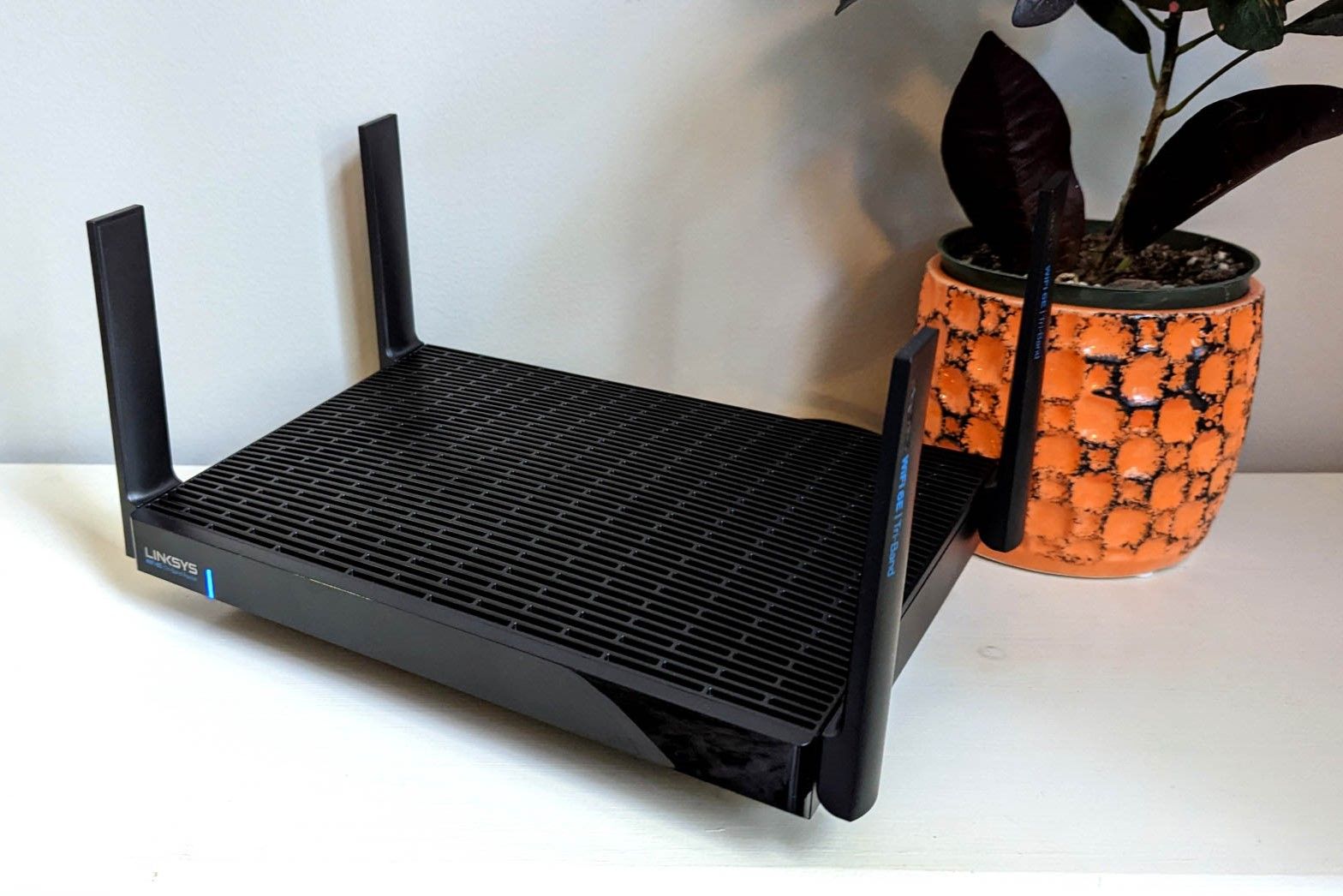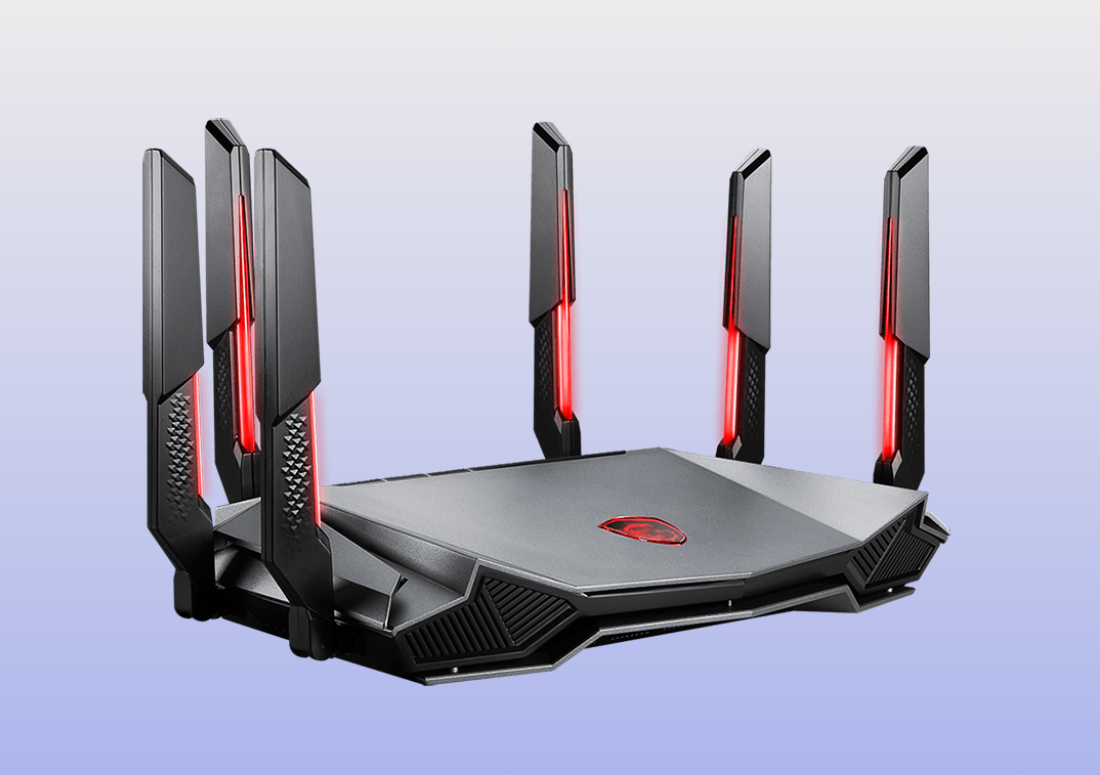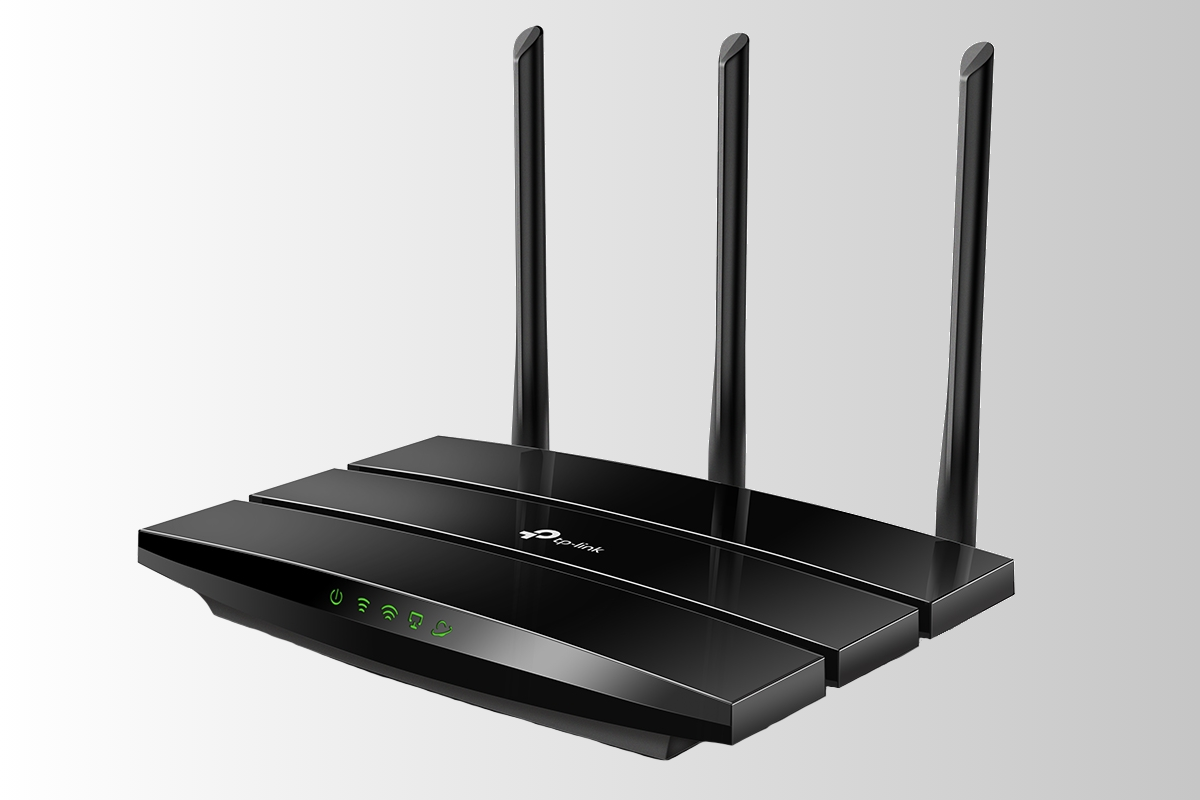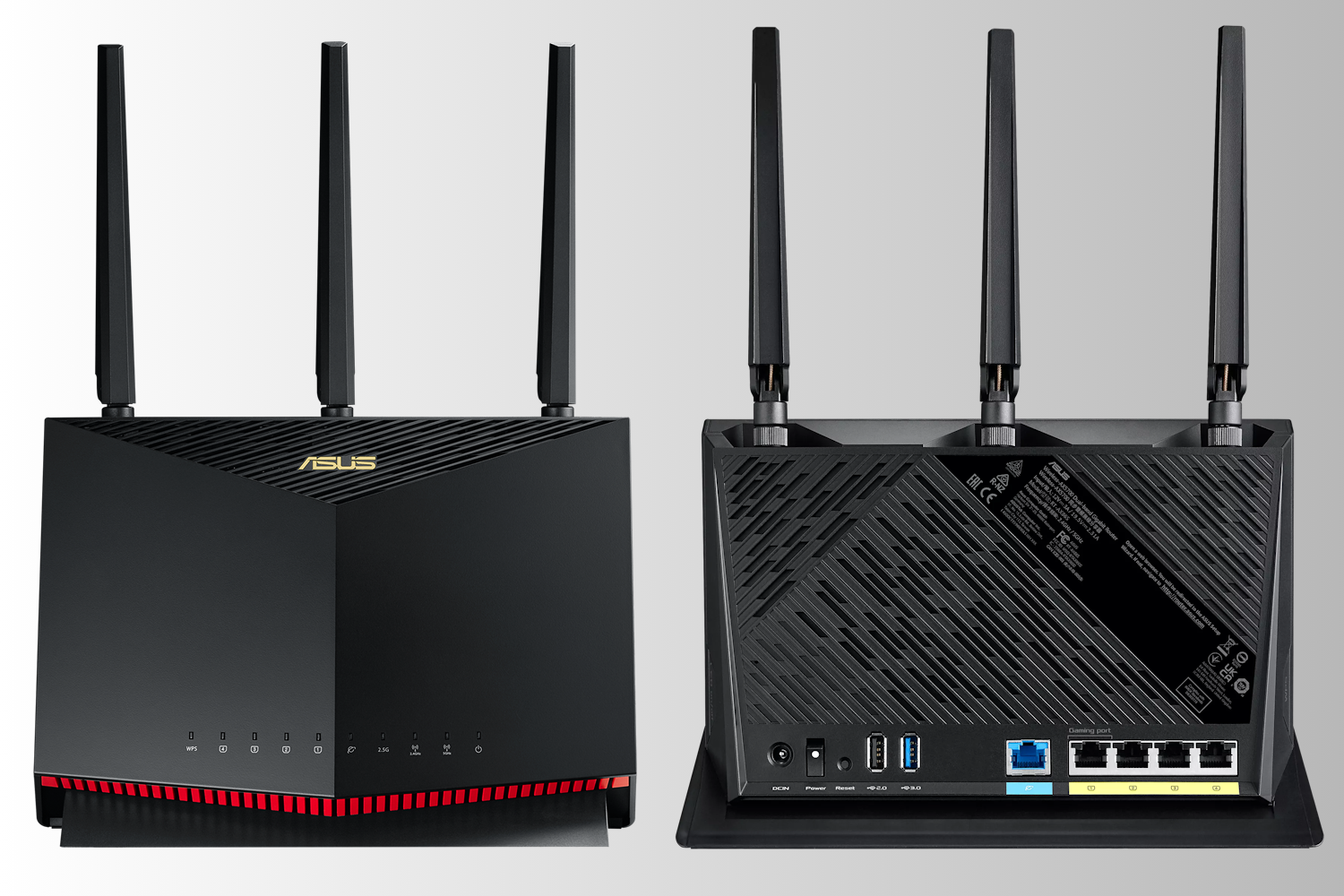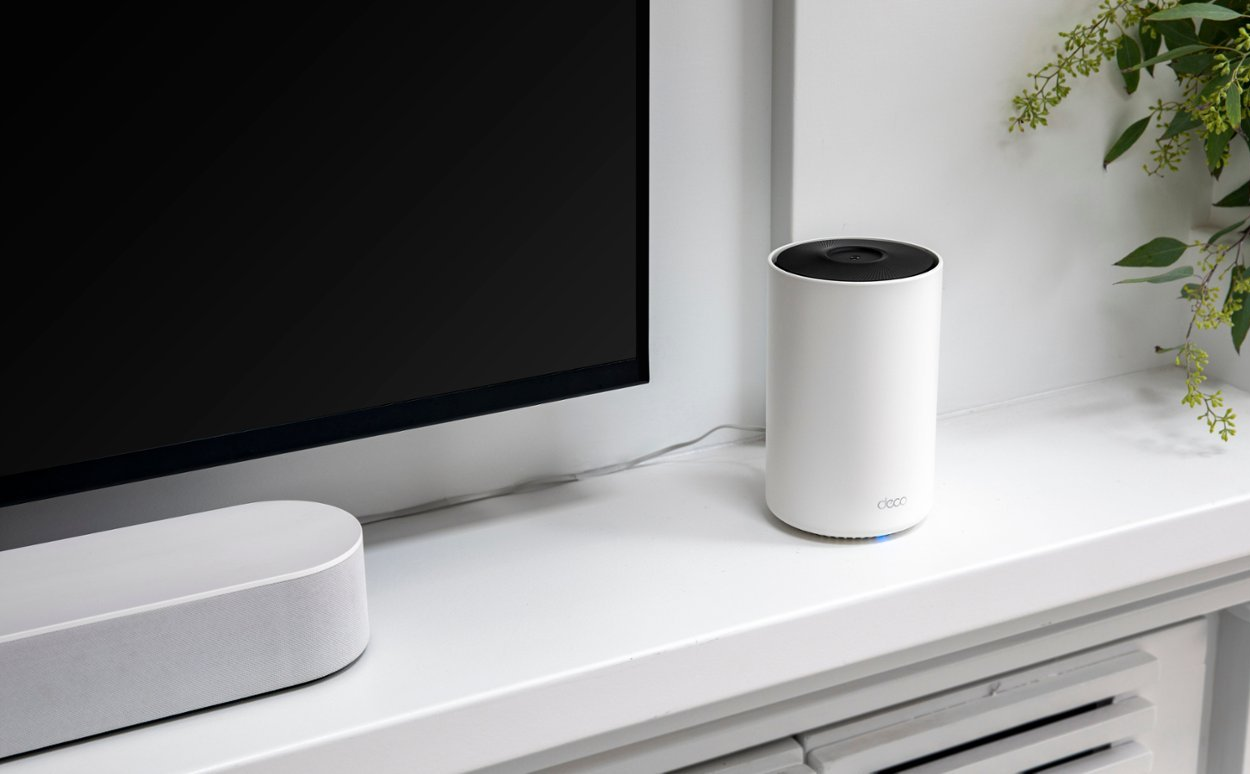Best Wi-Fi Routers of 2024
Since we have multiple wireless devices like laptops, smartphones, and tablets, Wi-Fi is essential. However, Wi-Fi routers are often overlooked since you might already have a modem-and-router combo provided by your ISP. Those aren’t the best, though, and there’s a good chance your Wi-Fi is being held back by outdated hardware. Separate the modem and router by getting a dedicated Wi-Fi router!
Whether you live in a 1200-square-foot apartment or a 2000-square-foot home, the TP-Link Archer AX55 Pro is more than enough to provide Wi-Fi to every corner. In fact, all four antennas can be pointed in different directions or grouped together to create a stronger signal.
That’s not all: the TP-Link Archer AX55 Pro also features MU-MIMO and OFDMA technology, which reduces the overall congestion and latency that users inevitably experience when sharing the same network.
Lastly, the 2.5Gbps WAN/LAN port is a welcome addition, considering ISP speeds are getting faster and faster. It’s nice having that extra wiggle room, even if your internet doesn’t exceed a gigabyte. However, if your network is under a gigabyte, the TP-Link Archer AX55 offers the same features minus the 2.5Gbps WAN/LAN port.
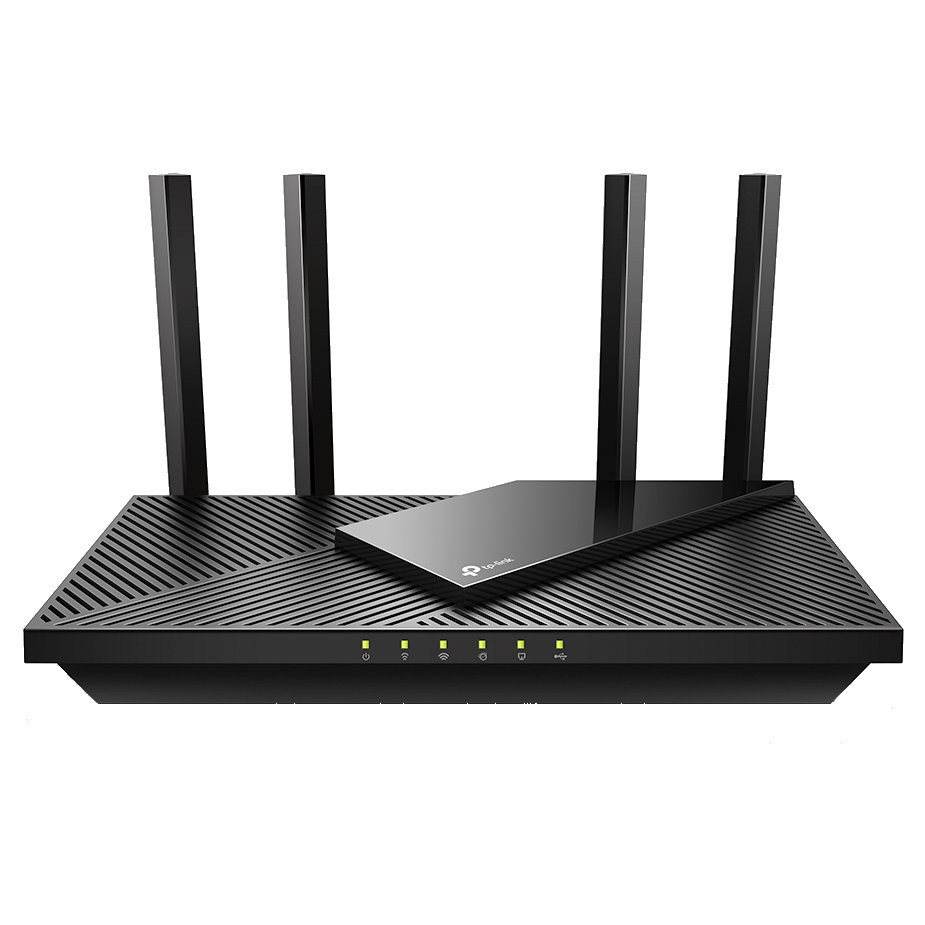
Best Overall
TP-Link Archer AX55 Pro
$130 $150 Save $20
The TP-Link Archer AX55 Pro is the golden child of our picks, striking a nice balance of performance and features without being overpriced. It’s perfectly suited for medium to large homes, although you may need to consider OneMesh extenders if it’s too large.
- Wi-Fi 6 + 2.5Gbps WAN/LAN
- Works exceptionally well in medium-sized homes
- MU-MIMO, OFMDA, and beamforming technology
- Supports VPN client and servers
- OneMesh extenders are recommended in large homes
Don’t be fooled by the MSI RadiX AXE6600’s aesthetic. Though its design will surely attract gamers, its performance is beneficial no matter what you do, and that comes down to its performance and features.
With Wi-Fi 6E providing lower latency by nature, the MSI RadiX AXE6600 takes the ball and runs with it. By combining AI QoS, OFMDA, and MU-MIMO technology, you’re far less susceptible to latency issues. MU-MIMO is certainly the MVP here, which serves to split traffic into more manageable queues as opposed to a single lane. That’s beneficial whether you’re gaming or just uploading and downloading images, videos, and so on.
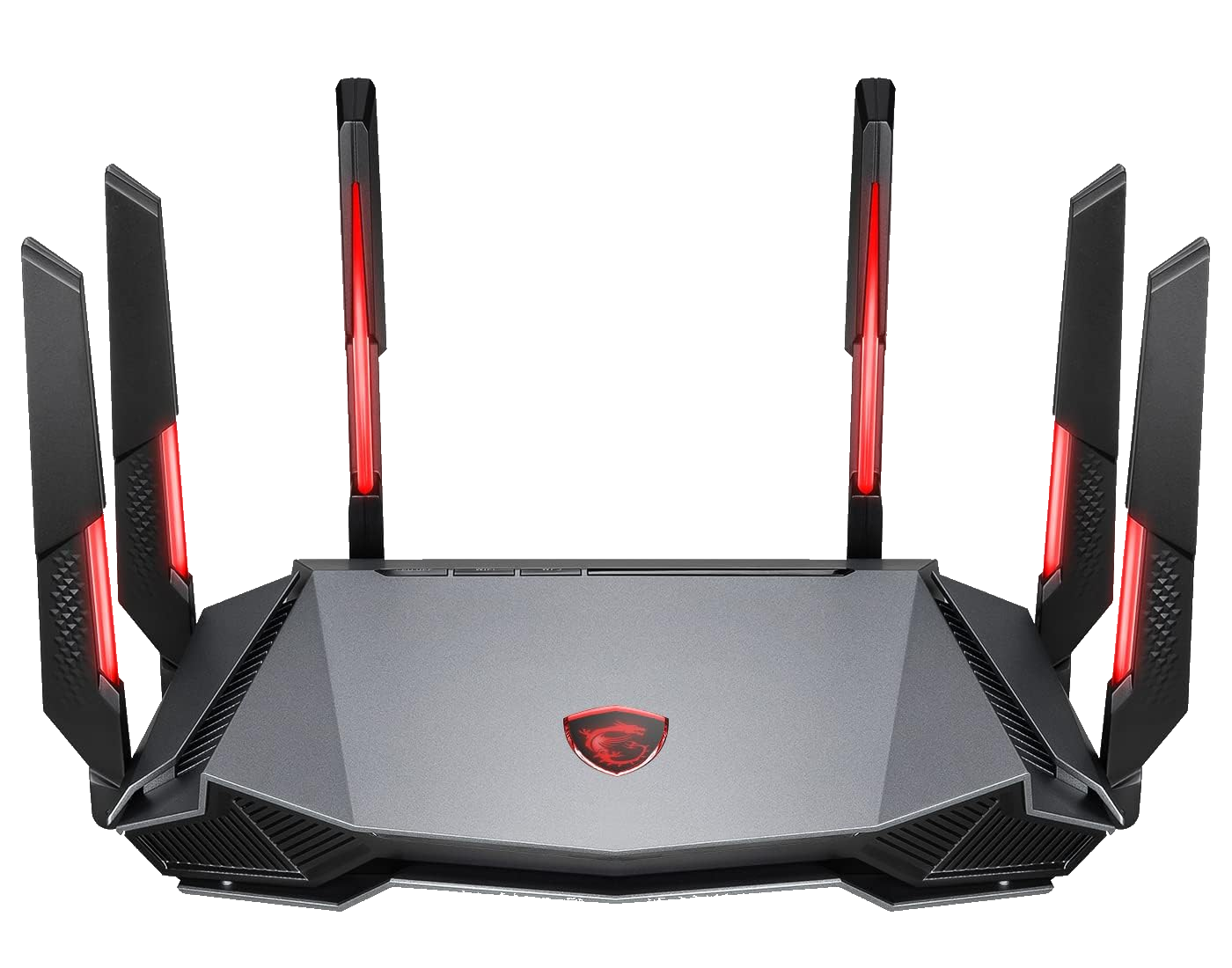
Best Wi-Fi 6E Router
MSI RadiX AXE6600
The MSI RadiX AXE660 fully utilizes Wi-Fi 6E and its capabilities, providing superb performance on its 6Ghz band and even its 5Ghz band. Its mobile app and web interface are also incredibly intuitive, making it rather easy to adjust your network settings.
- Excellent performance from both 5Ghz and 6Ghz bands
- OFMDA, MU-MIMO, and beamforming technology
- Tri-band design
- Intuitive mobile app and web interface
- 2.4Ghz band is average at best
Finding a Wi-Fi router on a budget is tricky, but look no further than the TP-Link Archer A8. It features both a 5Ghz and 2.4Ghz band, capable of handling 1300Mbps and 600Mbps, respectively. For a family of four, that’s plenty to maintain a good Wi-Fi connection in a small home.
The TP-Link Archer A8’s best feature is arguably MU-MIMO technology, which allows multiple devices to have their requests carried out at the same time. In practice, this makes your internet connection feel much snappier. The TP-Link Tether app goes beyond usual settings and includes features like parental controls and the ability to create a guest network for others to use temporarily.
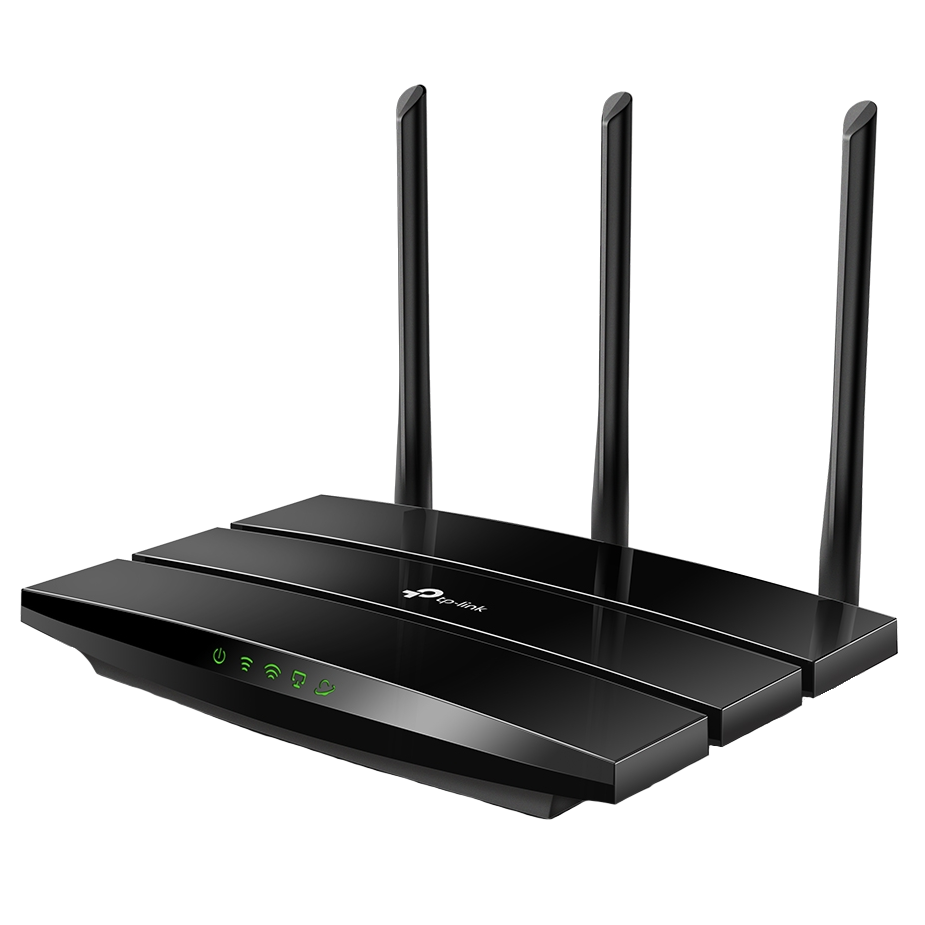
Best Budget
TP-Link Archer A8
$60 $80 Save $20
If you don’t need a Wi-Fi router with too many bells and whistles, the TP-Link Archer A8 is far more conscious of your budget while maintaining a few standout features like MU-MIMO and WPA3 encryption. Thanks to the TP-Link Tether app, it’s also very easy to set up.
- 1300Mbps and 600Mbps on 5Ghz and 2.4Ghz bands, respectively
- Good suite of parental controls
- MU-MIMO technology reduces latency
- Struggles with anything bigger than a small apartment/house
Best Wi-Fi Router for Gaming: ASUS RT-AX86U
Your average Wi-Fi router might be fine for casual gaming, but many popular titles are multiplayer and require more. With the ASUS RT-AX86U, you’re getting a lot more, considering it’s built with gaming in mind.
The ASUS RT-AX86U features adaptive QoS, which is incredibly handy to have if you game and stream at the same time. Devices higher on the list will experience even lower latency—a must-have feature when you’re gaming, especially competitively.
Two other gaming-centric features are Boost Mode and a dedicated gaming port. The latter is simply an Ethernet port that prioritizes any device wired via Ethernet cable, whereas Boost Mode is specifically for mobile devices, which you can enable at any time.
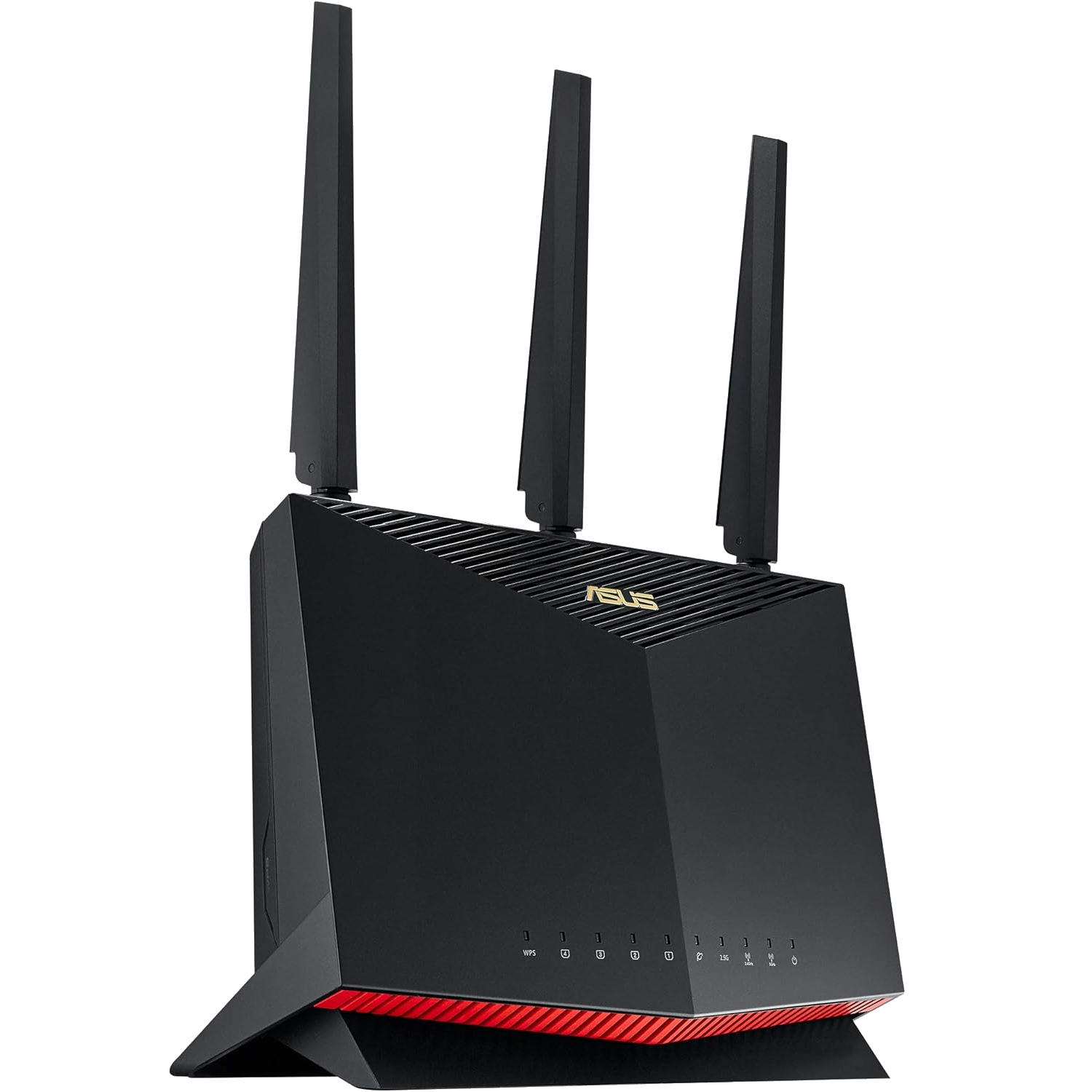
Best for Gaming
Asus RT-AX86U
Given its ability to prioritize network traffic as you see fit and its low-latency performance, the ASUS RT-AX86U is the go-to for gaming. Its boost mode and dedicated gaming port ensure you get the best connection, not everyone else in the house.
- Incredibly low-latency + adaptive QoS
- Wi-Fi 6
- Boost mode comes in handy for mobile gaming
- ?Gamer? aesthetic without being gaudy
- Have to be comfortable diving into network settings
If you already have a Wi-Fi router and just need to extend the signal, the TP-Link Deco W7200 is arguably the best option given its performance and well-rounded features. Not to mention, it’s one step removed from plug-and-play, so if you’re someone who isn’t tech-savvy, TP-Link makes it incredibly easy.
The TP-Link Deco W7200’s best feature is its tri-band design, which includes a 2.4Ghz band and two 5Ghz bands. While the 2.4Ghz band is starting to show its age, it still comes in handy for handling smart home devices, like smart lights and cleaning gadgets.
It offers some future-proofing with support for Wi-Fi 6. However, if you want something beyond that, like 6E or even Wi-Fi 7, there’s the Deco XE75 and the BE10000, respectively.
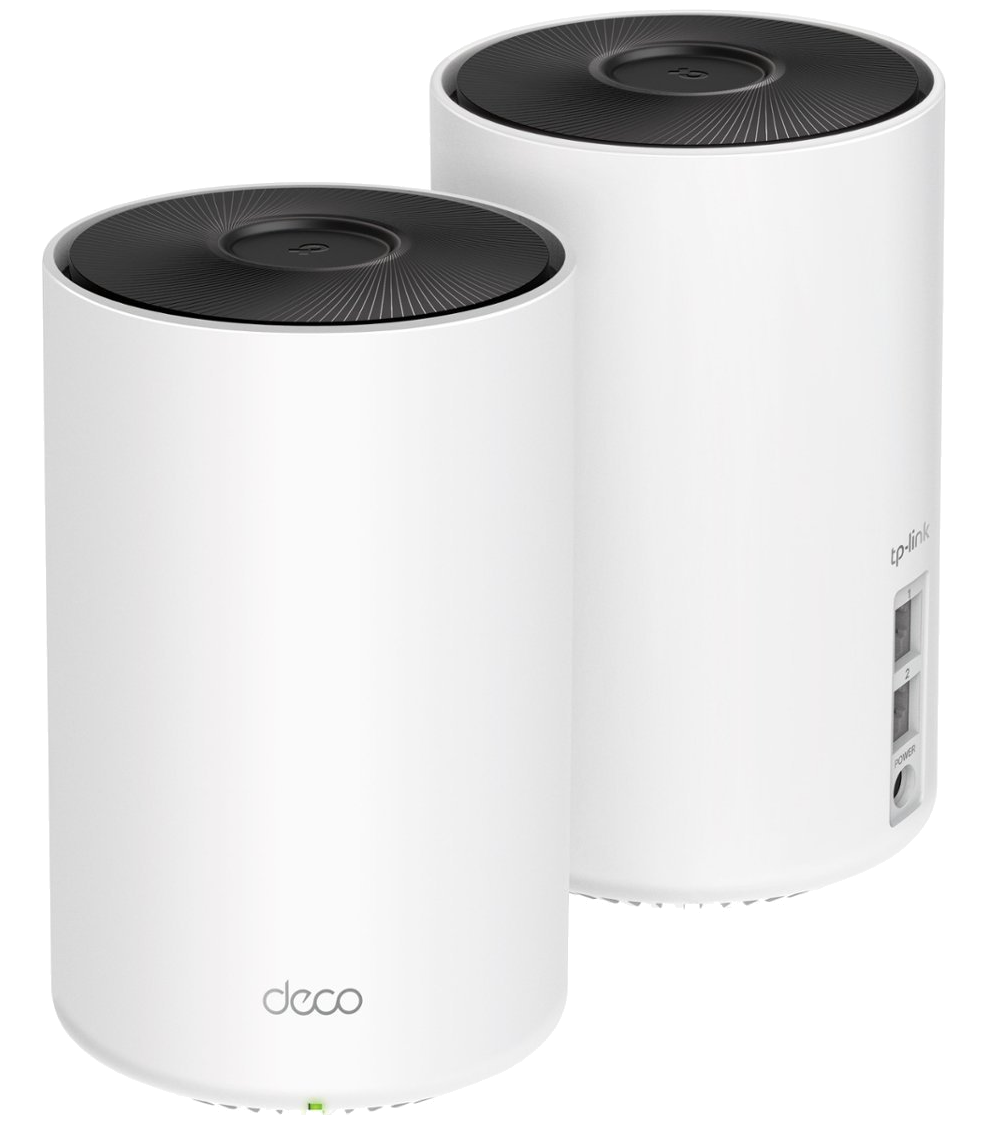
Best Mesh Router System
TP-Link Deco W7200
With support for Wi-Fi 6 and two 5Ghz bands, the TP-Link Deco W7200 is a one-two-punch mesh system with performance to boot. Best of all, it has TP-Link’s signature easy installation process.
- Up to 3 in a pack
- Incredibly easy setup
- Tri-band design
- Wide coverage
FAQ
Q: What does Wi-Fi stand for?
To be accurate, Wi-Fi doesn’t stand for anything; however, it’s commonly referred to as a shortened version of “wireless fidelity.”
Q: What is Wi-Fi 6 and 6E?
Wi-Fi is split into various standards and each subsequent generation has better performance. For example Wi-Fi 6 is better than Wi-Fi 5. In other words, Wi-Fi 6 is just another generation of the technology.
In the case of Wi-Fi 6E, it acts as an extension of Wi-Fi 6. The most notably difference between 6 and 6E is that 6E can operate in the 6Ghz band, whereas Wi-Fi 6 is limited to 5Ghz.
Q: What is Wi-Fi 7?
Wi-Fi 7 is yet another standard that improves upon the last generation of wireless technology. It has a much higher link rate and can operate in the 6Ghz band, just like 6E.
Q: Do I need both a modem and router for internet?
It depends on what kind of modem you have. Your run-of-the-mill modem these days will act as a gateway to the internet via Ethernet and Wi-Fi.
If you were given one from your ISP and you have Wi-Fi, then that means your modem is both a modem and a router.
Q: How do I connect the Wi-Fi router to my internet?
Assuming you have your modem already connected to the internet:
- Connect an Ethernet cable into the AN port of your Wi-Fi router. It’s labeled “WAN.”
- Now connect the other end of the Ethernet cable into your modem. You can use any of the Ethernet ports at the back.
- Using your Wi-Fi router’s SSID and network key (located on the router itself), you can then activate your router through your browser.
Depending on the kind of Wi-Fi router you purchase, there may be a proprietary app that makes the setup even easier.
Q: What is the difference between a wireless router and Wi-Fi router?
There aren’t any. A wireless router and Wi-Fi router are synonyms for the same technology.

